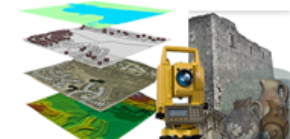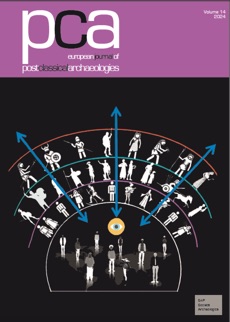Barrows and Barrow-Burial, 400-700 AD
with Steve Pollington & Paul Mortimer, (Independent Scholars)
at Sutton Hoo, Saturday, 8th November, 2014.
Barrow-burial – burial within a large artificial mound – is one of the more spectacular means of disposing of the dead. We owe a great deal of what we understand of Anglo-Saxon material culture and trade contacts to these high-status interments. The study-day will place the English evidence within the wider European and Scandinavian tradition.
Provisional Programme
09.50 – 10.15: Coffee on arrival
10.15 – 11.15: Background to Barrow Burial – The tradition of raising a mound over the grave of an important person is found widely in human societies, but the specifically European tradition stems from the cultures of western Asia, the so-called ‘kurgan peoples’. We will trace the idea through eastern and Central Europe to the Jastorf and Wielbark Cultures which emerge into history in the early centuries AD. We will also look at the British Bronze Age barrow tradition, which mirrors the Anglo-Saxon one in some respects. We will also look at the specifics of ship-burial and the societies in which this occurs.
11.15 – 11.45: Coffee break
11.45 – 12.45: Chambers of Secrets – Anglo-Saxon barrows can be divided into four main groups: insertion graves, chamber burials, princely burials and ship-graves. We will look at the construction and artefact types found in each, as well as their distribution. We will then consider the evidence for mound-robbing, both literary and archaeological, and consider whether the intention was always theft.
12.45 – 14.00: Lunch break
14.00 – 15.00: Meduseld ~ Wælheall – The role of the barrow-burial as a representation of war and peace will be explored, as well as the meaning of ship-burial and horse-burial. The specifics of certain sites in England and Scandinavia will be explored.
15.00 – 15.20: Tea break
15.20 – 16.10: The Otherworld – What can barrow-burial and other forms of disposal of the dead tell us about Anglo-Saxon attitudes to the afterlife?
c.16.10: Thanks and Close
Some Suggestions for Optional Background Reading
Evans, A.C., The Sutton Hoo Ship-Burial (British Museum 1986)
Grinsell, L.V., The Ancient Burial-Mounds of England (London 1936)
Lucy, S., & A.Reynolds (eds), Burial in Early Mediaeval England and Wales, Society for Medieval Archaeology Monograph 17 (London 2002)
Lucy, S., The Anglo-Saxon Way of Death (Sutton 2000)
Parker-Pearson, M., The Archaeology of Death and Burial (Stroud 1999)
Pollington, S., Anglo-Saxon Burial Mounds (Anglo-Saxon Books 2008)
About Steve Pollington
Stephen many published titles include works on the Old English language, military culture, healing and herblore, runes and feasting in the ‘meadhall’, as well as a double CD of readings in Old English. He has lectured widely on aspects of Anglo-Saxon culture since 1991, from local history to the details of verse metre, from theories of the origins of the Germanic runes to the handling of Anglo-Saxon weaponry. He has worked on a number of television and radio programmes, and was script advisor to the ground-breaking 1000 AD, in which dramatic dialogue was spoken entirely in Old English and Old Norse. For more on Stephen and his work, see his website atwww.stevepollington.com/index.html .
About Paul Mortimer
Paul is a retired history teacher with a life-long interest things Anglo-Saxon and military, and has commissioned many museum-quality replicas of the treasures from the Sutton Hoo ship-burial and some other important finds. He can often be seen at Sutton Hoo displaying his reproduction wargear during the summer months, and has given talks at venues such as Colchester castle, Salisbury museum, the British Library and the Potteries Museum, Stoke-on-Trent. Paul’s encyclopaedic book on warfare in northern Europe during the sixth and seventh centuries, Woden’s Warriors, was published in 2011.






